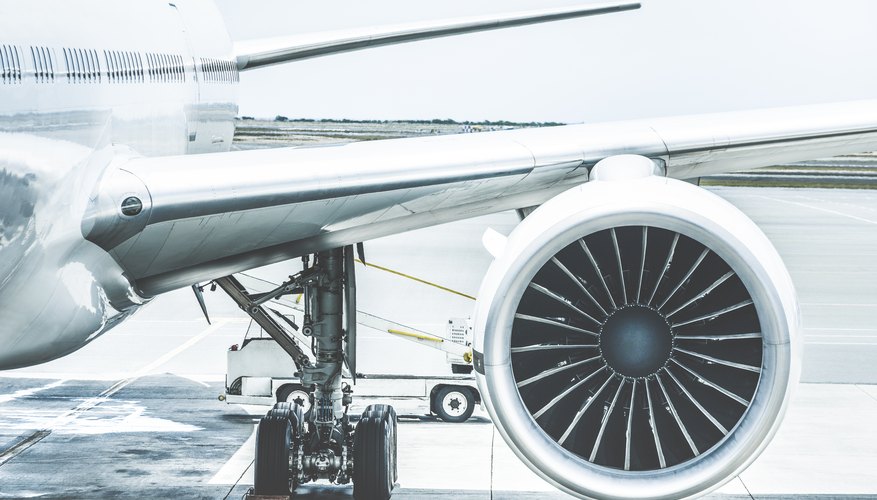
...................................................................................
Noise Associated With Jet
Engines
What Is the Decibel
Level of a Jet Plane?
By Melissa
Mayer
Whether they are listening to
music, talking with friends, or just enjoying the sounds of nature, most people
rely on their hearing to experience the world around them.
Understanding how hearing works
and the way scientists measure sound is important for protecting this valuable
asset.
TL;DR (Too Long; Didn't Read)
The
sounds associated with jet planes measure between 120 and 140 decibels.
Any sound above 85 decibels has
the potential to cause hearing damage, especially with frequent or prolonged
exposure.
Wearing ear protection and
limiting exposure to loud sounds is the best way to protect against
noise-induced hearing loss.
How
Hearing Works
When
you hear a sound, the process feels instantaneous. However, the things that
happen between hearing and recognizing a sound are complex.
Your outer ear acts as a
funnel, capturing sound waves and directing them down the ear canal. These
sound waves cause the eardrum seated deep in the ear canal to vibrate.
The vibrations of the eardrum
move the three bones in the middle ear, amplifying the vibration and kicking it
into the inner ear. The inner ear, or cochlea, contains fluid and a lining of
tiny hair cells.
As the vibrations move through
the cochlea, the fluid also moves and engages the hair cells, which convert the
vibrations to electrical signals.
These
signals travel to the brain via the hearing nerve, allowing you to recognize
the sound you hear.
Jet
Engines Quantified
Sounds
vary a great deal. Scientists use decibels to measure the loudness of a sound.
The weakest sound you can hear
measures zero decibels, while the loudest sound clocks in at a staggering 194
decibels.
When it comes to quantifying
the noise level associated with jet engines, experts offer a range: 120 to 140
decibels.
For comparison, both normal
conversation and playing a piano produce 60- to 70-decibel sounds, while
amplified music at a concert can exceed 120 decibels.
Noise-Induced
Hearing Loss
Loud
sounds produce larger sound waves and bigger vibrations, which can damage the
hair cells in the cochlea.
This damage usually accumulates
slowly and painlessly, so you might not notice it happening. However,
noise-induced hearing loss is permanent.
Any noise above 85 decibels has
the potential to cause hearing damage, especially if the noise exposure is
prolonged or frequent.
At 85 decibels, damage occurs
after eight hours of exposure, while a mere two hours at 91 decibels results in
damage.
Sound only becomes physically
painful at about 125 decibels, so it is possible to exceed the 85-decibel
threshold without realizing it.
It is a
good idea to wear hearing protection such as earplugs or earmuffs (or both) if
you expect prolonged or frequent exposure to sound above the noise exposure
limit and to avoid excessively loud sounds if you can.
Understanding how hearing works
and the way scientists measure sound is a great first step toward protecting
your complicated and delicate sense of hearing.
About the Author
Melissa
Mayer is an eclectic science writer with experience in the fields of molecular
biology, proteomics, genomics, microbiology, biobanking and food science. In
the niche of science and medical writing, her work includes five years with
Thermo Scientific (Accelerating Science blogs), SomaLogic, Mental Floss, the
Society for Neuroscience and Healthline. She has also served as interim
associate editor for a glossy trade magazine read by pathologists, Clinical Lab
Products, and wrote a non-fiction YA book (Coping with Date Rape and
Acquaintance Rape). She has two books forthcoming covering the neuroscience of
mental health.


No comments:
Post a Comment